Bamboo plants come in different types including clumping, running, and dwarf varieties which offer versatility in landscaping options. Bamboo plants are a popular choice for many gardeners due to their ability to add a touch of elegance and tranquility to any outdoor space.
With their vibrant green leaves and soothing rustling sound, bamboo plants have gained popularity in recent years. They come in a variety of types, including clumping, running, and dwarf varieties, each offering unique characteristics and benefits for different landscaping needs.
Whether you are looking to create privacy, add aesthetics to your garden, or simply enjoy the natural beauty of these plants, there is different types of bamboo Plants that will suit your requirements. We will explore the different types of bamboo plants and their key features.
1. Clump-forming Bamboos
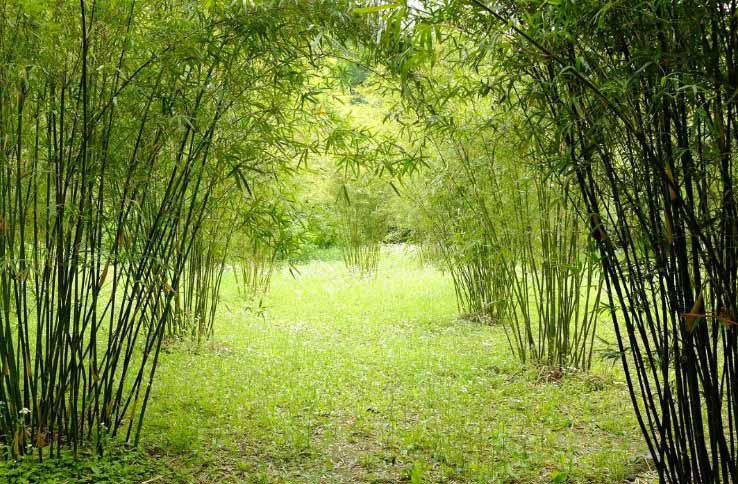
Bamboos are fascinating plants known for their sturdy stems and vibrant foliage. One of the most popular classifications of bamboo plants is the clump-forming bamboos. These bamboos are characterized by their ability to grow in tight clusters, creating dense and visually appealing groupings. In this section, we will explore three types of clump-forming bamboos: Fargesia, Bambusa, and Thamnocalamus.
Fargesia
Fargesia is a genus of clump-forming bamboos that are particularly prized for their elegant appearance and non-invasive nature. They are ideal for small gardens or urban settings where space is limited. With their gracefully arching canes and feathery foliage, Fargesia bamboos add a touch of tranquility to any landscape.
Key features of Fargesia bamboos:
- Compact size, making them suitable for containers and smaller gardens
- Tolerant of a wide range of weather conditions, including cold temperatures
- Non-invasive root system, minimizing the risk of spreading aggressively
Bambusa
Bambusa is another genus of clump-forming bamboos that is widely cherished for its rapid growth and robust stature. With their thick canes and lush foliage, Bambusa bamboos create a captivating focal point in any outdoor space. These bamboos are excellent for creating privacy screens or windbreaks.
Key features of Bambusa bamboos:
- Vigorous growth rate, achieving maturity within a few years
- Large and sturdy canes, providing a strong visual impact
- Offer great versatility for various landscaping projects
Thamnocalamus
Thamnocalamus is a lesser-known genus of clump-forming bamboos that exhibits unique qualities that set it apart from other types. These bamboos, native to mountainous regions, possess a more delicate and intricate appearance, making them a favorite among bamboo enthusiasts who prefer a more understated elegance.
Key features of Thamnocalamus bamboos:
- Narrow and graceful canes, perfect for adding an aesthetic touch to gardens
- Attractive foliage with slender leaves and delicate textures
- Well-suited for creating serene and Zen-like landscapes
2. Running Bamboos
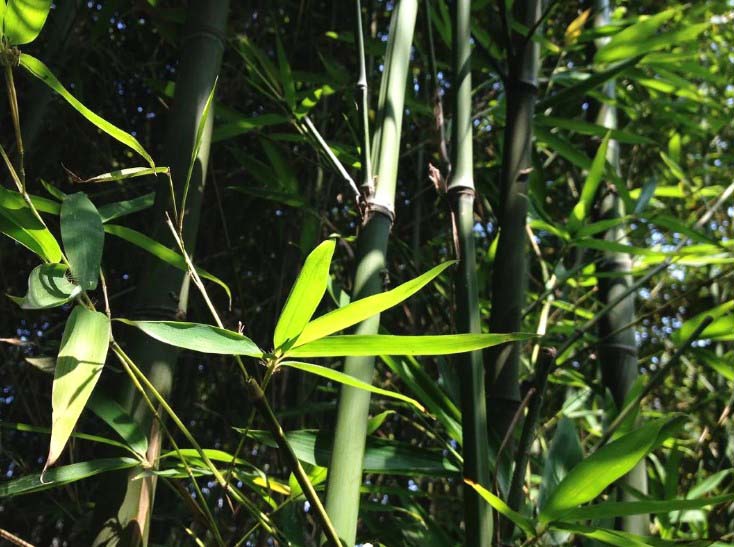
Bamboo plants are not all the same – they can be broadly categorized into two main types: clumping and running. While clumping bamboos tend to stay in a compact group, running bamboos have a more adventurous nature. They spread rapidly, using underground rhizomes to shoot up new culms (stems) some distance away from the mother plant.
Phyllostachys
One popular variety of running bamboo is Phyllostachys. This genus is known for its tall and sturdy culms that can reach impressive heights. It is a favorite choice among gardeners looking to create a natural privacy screen or windbreak. Some species of Phyllostachys bamboo also boast of exotic colors, such as Phyllostachys nigra, also known as black bamboo, famous for its distinctive dark-colored culms.
Chimonobambusa
In contrast to the towering Phyllostachys bamboos, Chimonobambusa is a smaller genus that offers a delicate and dainty addition to any garden. These running bamboos typically have slender culms and feathery, lacy leaves. They are well-suited for smaller spaces or as accent plants in larger landscapes. Chimonobambusa has a unique ability to withstand colder temperatures, making it an excellent choice for colder regions.
Semiarundinaria
Semiarundinaria is another popular genus of running bamboo. Known for its thick culms and dense foliage, it is highly versatile and can be used for various purposes, such as construction, crafts, and even as a food source for pandas. Semiarundinaria bamboos offer a tropical aesthetic and are often used in landscaping to create a lush and vibrant atmosphere.
If you’re considering running bamboos for your garden, it’s important to be aware of their spreading nature. They can be invasive if not managed properly. Regular maintenance, like trimming and installing rhizome barriers, can help control their growth and prevent them from taking over your outdoor space.
3. Tropical Bamboos
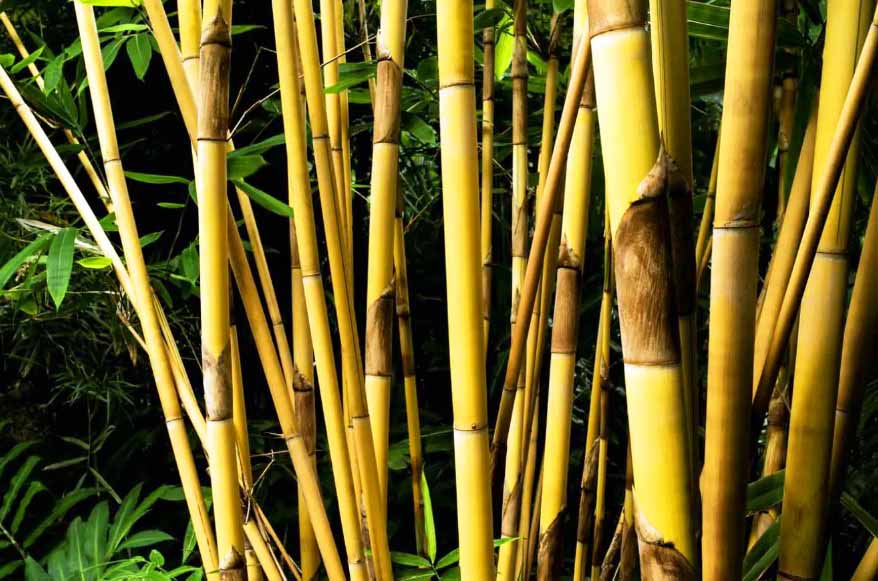
When it comes to bamboo plants, tropical bamboos are a popular choice among gardening enthusiasts. These bamboos are known for their ability to thrive in warm and humid climates, making them ideal for tropical regions. In this article, we will explore three types of tropical bamboos: Dendrocalamus, Gigantochloa, and Guadua. Each of these bamboos has its own unique characteristics and benefits.
Dendrocalamus
Dendrocalamus is a genus of tropical bamboo plants that are native to Southeast Asia. These bamboos are known for their impressive height and sturdy culms, which can reach up to 100 feet. The culms of the Dendrocalamus bamboo have thick walls, making them ideal for construction purposes. In addition to their structural strength, Dendrocalamus bamboos are also highly valued for their elegant appearance and graceful foliage.
Gigantochloa
Gigantochloa is another genus of tropical bamboos that are commonly found in Southeast Asia. These bamboos are favored for their fast growth rate and their ability to form dense and bushy clumps. Gigantochloa bamboos can reach impressive heights of up to 80 feet, and their culms have a diameter of around 4 inches. Due to their rapid growth and abundance, Gigantochloa bamboos are often used for various purposes such as erosion control, privacy screens, and ornamental landscaping.
Guadua
Guadua is a tropical bamboo genus that is native to the Americas, particularly in Central and South America. These bamboos are known for their exceptional strength and durability. Guadua bamboos have thick-walled culms that make them highly resistant to pests and weather conditions. They are often used in construction projects, including the building of houses, bridges, and even furniture. Guadua bamboos also play a vital role in sustainable development, as they are an eco-friendly and renewable resource.
4. Temperate Bamboos
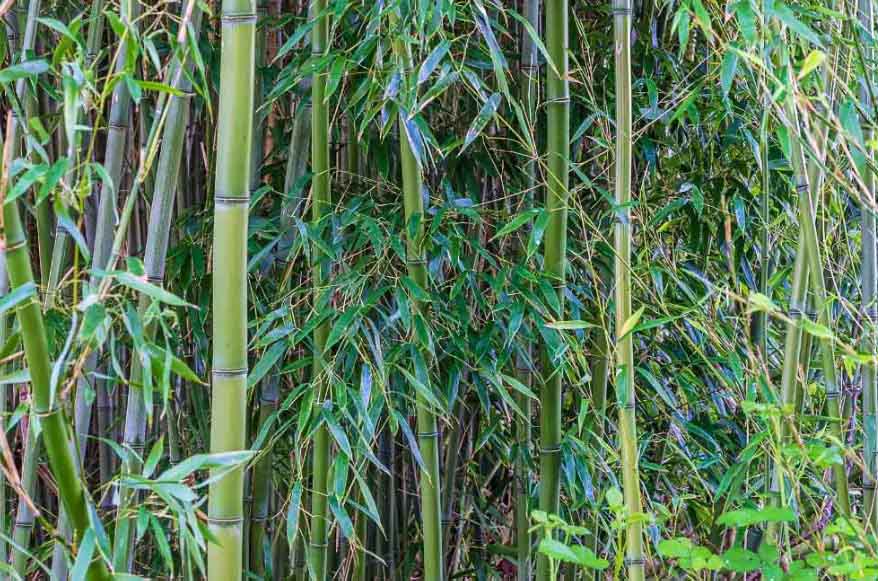
When it comes to bamboo plants, not all are created equal. While most people associate bamboo with warm, tropical climates, there are actually several types that thrive in temperate regions as well. These hardy bamboos are able to withstand colder temperatures and can be a fantastic addition to any garden or landscape. In this article, we will explore three popular varieties of temperate bamboos: Arundinaria, Shibataea, and Pleioblastus.
Arundinaria
Arundinaria is a genus of bamboo that comprises several species known for their adaptability to temperate climates. These bamboos are commonly found in North America, Europe, and Asia, making them a versatile choice for gardeners around the world.
Arundinaria bamboos are known for their slender culms and delicate foliage. With their lush green leaves and graceful appearance, they can add a touch of elegance to any outdoor space.
Some popular Arundinaria species include:
- Arundinaria gigantea: Also known as River Cane or Giant Cane, this species is native to eastern North America and is highly valued for its ecological and cultural significance.
- Arundinaria murielae: Commonly known as Canary Reed, this species features yellow-green culms and dense foliage, making it a popular choice for privacy hedges or decorative borders.
Shibataea
Shibataea is another genus of temperate bamboo that offers unique characteristics and benefits for gardeners. This genus is native to Japan and is recognized for its compact growth habit, making it perfect for smaller garden spaces or container planting.
Shibataea bamboos are often prized for their colorful culms, which can range from bright red to golden yellow. The vibrant hues add visual interest and can create stunning focal points in any garden.
Some notable Shibataea species include:
- Shibataea kumasaca: Also known as Kamuro-zasa, this species is highly sought after for its slender culms and blue-gray foliage. It forms dense clumps and is a great choice for creating privacy screens or ornamental borders.
- Shibataea chinensis: Commonly referred to as Chinese Walking Stick Bamboo, this species features tall, straight culms that are often used for crafting purposes. Its unique appearance and durability make it a favorite among bamboo enthusiasts.
Pleioblastus
Pleioblastus is a genus of bamboos that belongs to the temperate clumping category. These bamboos are native to East Asia and are highly valued for their ability to thrive in colder climates.
Pleioblastus bamboos are known for their dense foliage and compact growth habit. They can form attractive, low-growing hedges or groundcovers, making them ideal for landscaping projects.
Some popular Pleioblastus species include:
- Pleioblastus variegatus: This species stands out with its variegated leaves in shades of green, cream, and pink. It adds a splash of color to any garden and can be used as an accent plant or in container arrangements.
- Pleioblastus pygmaeus: Commonly known as Dwarf Bamboo, this species is perfect for creating miniature gardens or for adding a touch of greenery to rockeries and small spaces. Its compact size and delicate appearance make it a charming addition to any landscape.
Frequently Asked Questions For Types Of Bamboo Plants
What Type Of Bamboo Is Not Invasive?
Clumping bamboo varieties are non-invasive and ideal for landscaping purposes.
How Many Varieties Of Bamboo Are There?
There are over 1,500 different varieties of bamboo available, showcasing a wide range of shapes, sizes, and colors.
How Do I Know What Type Of Bamboo I Have?
To identify the type of bamboo you have, observe the physical characteristics such as color, height, and the pattern of the nodes. You can also seek expert help, use online resources, or consult a local nursery to get accurate information about your bamboo plant.
What Type Of Bamboo Should I Plant?
Choose a bamboo variety suitable for your climate and purpose. Research local options that thrive in your area. Consider factors like height, spreading tendency, and appearance. Consult experts or nurseries for specific recommendations. Planting the right type ensures success in growing bamboo.
Conclusion
To summarize, bamboo plants offer a diverse range of options for garden enthusiasts and nature lovers alike. Whether you’re seeking a decorative addition, privacy screen, or a source of construction materials, there is a bamboo variety suited to meet your specific needs.
Embracing the benefits of these versatile plants not only beautifies your space but also promotes sustainability. So why wait? Incorporate one of the various types of bamboo plants into your garden and enjoy the enchantment it brings.
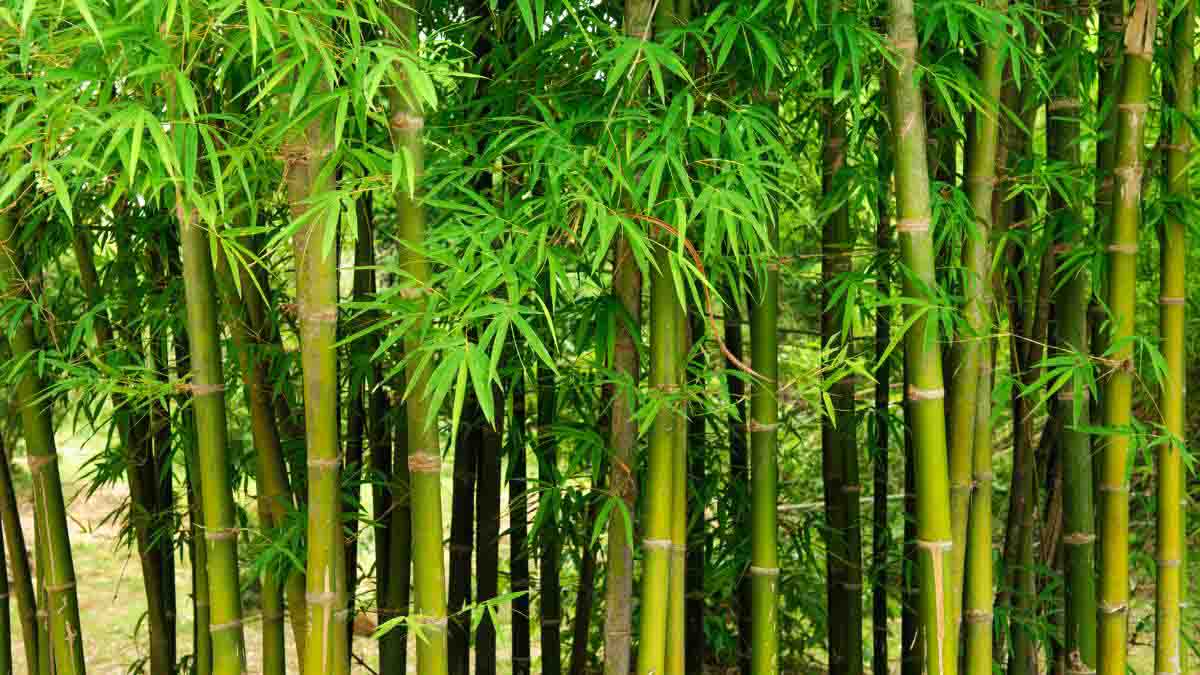

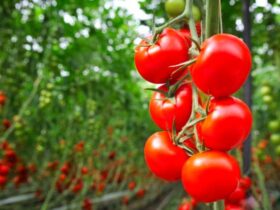
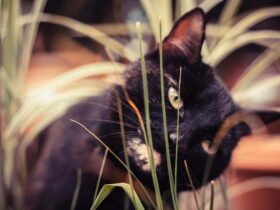

Leave a Reply